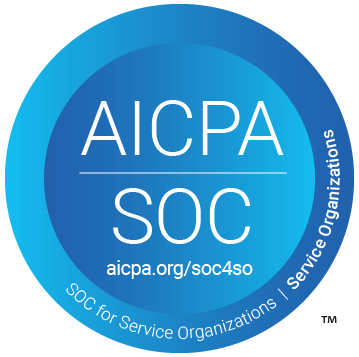Patient Care Coordination: Driving Higher Provider Scorecard
It goes without saying that healthcare providers are always aiming to improve patient care coordination to maintain their scorecard. The services and care that they provide determine how high or low of a rate they receive. There is a lot that goes into coordinating care, but essentially, it entails proper communication and sharing of medical information. It is the binding duty of primary care physicians (PCPs) to know which providers are handling their specific patients and what lab tests and medications those patients need. Otherwise, costly mistakes may jeopardize clinical and patient outcomes.

What Is a Provider Scorecard?
Consumers, patients, and healthcare organizations use provider scorecards as a tool to measure and compare the performance of their providers and make informed decisions about their healthcare. Not only do they use it as a barometer, but they also refer to it to identify reputable hospitals, physicians, and other healthcare providers. It is how patients choose the providers they want based on the apparent quality of care they can deliver.
The scorecard typically includes measures of quality, cost, and patient satisfaction. It is a valuable instrument for healthcare organizations because it allows them to compare providers across a variety of dimensions and identify areas for improvement. Provider scorecards usually consist of four elements, including:
- Overall ratings
- Quality
- Readmissions and admissions rates
- Cost
Performance of Providers on Patient Care Coordination
Patient care coordination remains the main focus for healthcare organizations. It is a key measure for the quality payment program of the Centers for Medicare & Medicaid Services (CMS). The amount of time providers spend with patients, the ability to communicate with patients in real time, and the ability to prevent readmissions affects the quality of patient care coordination.
A provider scorecard helps with the coordination of patient care by collecting data about patients and assessing the value of their care. It also helps providers recognize their strengths and weaknesses, which can be a valuable factor in improving their services. Patient care coordination drives a higher provider scorecard. By working together to ensure that patients receive the care they need, providers can improve their scorecards and quality of care.

Best-In-Class Solutions to Improving Benchmark and Care Quality
A higher provider scorecard means increased revenue and prestige. Better patient care coordination can be the battering ram to break down the silos that impede more efficient healthcare operations.
The constant change in the healthcare landscape makes the lives of providers difficult to stay relevant in the market. In the midst of competition and pressure, providers are still expected to deliver the same high-quality care. In the face of this, they are looking for ways to ensure that the care they provide is of the highest degree. As the healthcare industry is rapidly evolving, with healthcare networks constantly trying to change the way they practice, a robust care coordination software is the most vital solution to improve communication and coordination between care team members.
Utilizing healthcare infrastructure and technology tools like MedVIsion’s QuickCap can aid in effectively implementing best practices for better patient care coordination, which can ultimately increase provider scorecard. It is only then that they can maintain the trust of the patients as well as meet their own professional goals.
Increase patient satisfaction and provider performance with precision!
References:
1. Hut, Nick. “How a Physician Scorecard Helps a Clinically Integrated Network Drive Value.” Healthcare Financial Management Association. Accessed August 31, 2022. https://www.hfma.org/topics/leadership/article/how-a-physician-scorecard-helps-a-clinically-integrated-network-.html.
2. Unitedregional. “Provider Scorecards.” Accessed August 31, 2022. https://www.unitedregional.org/wp-content/uploads/2020/01/Provider-Scorecards-2020-1.pdf.
Explore Related Blogs
Recently published articles
Keep in touch
Subscribe to get the latest update
Trending topics
Share your insights on social media
Upcoming events and company news


















